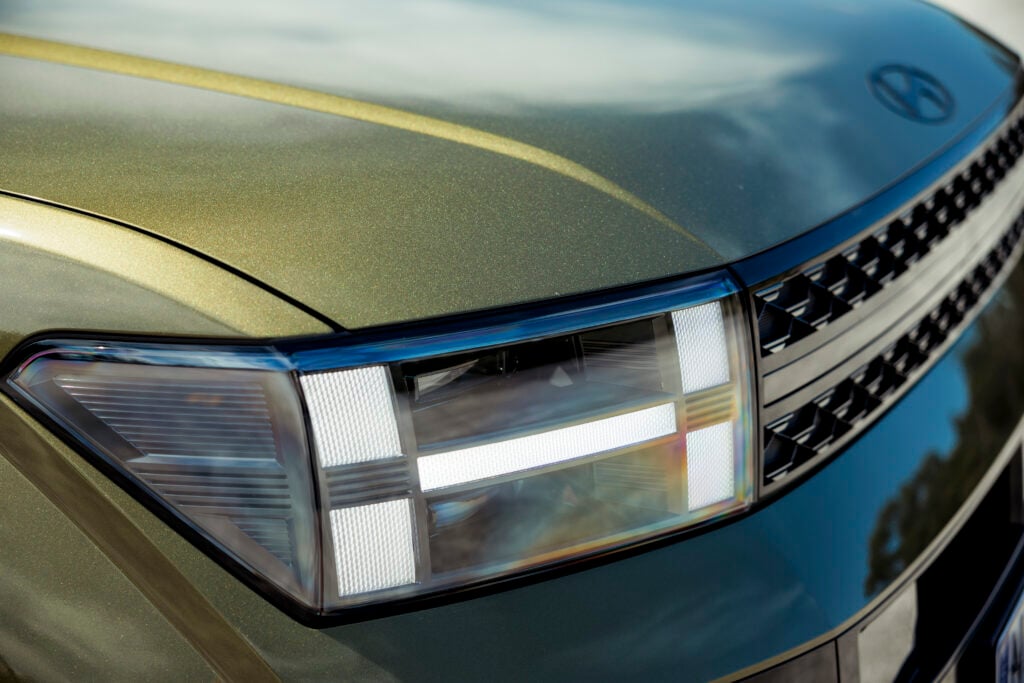BEYOND HIS undisputed success as an inventor and engineer, and his ability to grow one of the motoring world’s great moustaches, Colin Chapman’s legacy continues in the number of quotes spruiked by enthusiasts.
“Simplify, then add lightness” is arguably the most famous, though “adding power makes you faster on the straights. Subtracting weight makes you faster everywhere” runs a close second. My personal favourite is “any car which holds together for a whole race is too heavy.”
You may have spotted the common theme. Chapman was an avid proponent of lightweight cars, though for me, the penny regarding the benefits of weight reduction didn’t properly drop until recently. The trigger was a comment made by a McLaren engineer who told me: “…100kg less is more beneficial than an additional 44kW and offers a five percent improvement in overall grip.”
Think about that for a moment. It’s wonderfully quantifiable (as you’d expect from the famously fastidious McLaren), and proffers two things: first, it makes poor old Colin’s quotes seem a little wishy washy, and second, it highlights the performance cost of throwing a mate in the passenger seat.
There are other benefits to reducing weight, of course. Lighter cars can use lighter components, which spawns a virtuous circle of weight reduction. They’re also easier on consumables like brakes, suspension components and tyres.
And then there are the efficiency gains. Data from America’s Environmental Protection Agency (EPA) shows that on average, every 100 pounds (45.35kg) you can remove from a vehicle improves its fuel economy by one to two percent.
All of which paints a rather glum picture when you consider the obesity epidemic sweeping through the motoring world. Common wisdom tells us that with every successive generation, cars are getting fatter, larger and more bloated. They’re also, if you apply Chapman’s logic, less involving to drive as a consequence.
The weight gain is easy to understand. Buyers want more room, additional luxuries, the latest safety features, and cars built around stronger structures, all of which add weight. But are cars really getting heavier?
Well, there’s no arguing with the facts, and again the EPA is helpful here. Its data shows that in 2003 new cars hit a peak at 1823kg, which was the heftiest average weight since 1976 when the oil crisis forced manufacturers to slash weights by around 20 percent to improve efficiency.
From there, things headed north year after year, but more recently weights have plateaued. The same EPA data shows that since 2014 average vehicle mass has remained largely unchanged as companies adopt cutting-edge materials and look to meet ever tightening emissions regulations.
“See, Inwood!” I can hear you thinking. “It’s not all bad, and you’re forgetting about power-to-weight ratios. Modern cars might be heavy buggers but engine advances have far outpaced any gains in girth!” This is true. Today’s BMW M3 is 260kg heavier than an E30, but it has more than double the power (331kW vs 143kW). And while a modern Mini JCW weighs twice as much as the original, its 170kW is nearly seven times what a 1960s 850 could manage.
The thinking here is that the extra kilowatts cancel out the additional kilos, and that makes sense when you consider some Nurburgring lap times. An 1830kg Alfa Romeo Stelvio Q, for example, which has 375kW/600Nm, is quicker than a 302kW/550Nm BMW M2 Competition that weighs 255kg less. That same Alfa is only three seconds slower than a Porsche 997 GT3 RS, which is welterweight by comparison at 1370kg. Apply this thinking further and it’s possible to argue that two-tonne behemoths like the Jeep Grand Cherokee Trackhawk would be in the same ballpark too.
Incredible numbers, sure, but before we hoodwink ourselves with statistics, consider this: which of the above cars is more fun to drive? Not all power-to-weight ratios are created equal when it comes to enthusiast enjoyment, and, if given the choice, I’d take the lighter, less powerful car every time.






